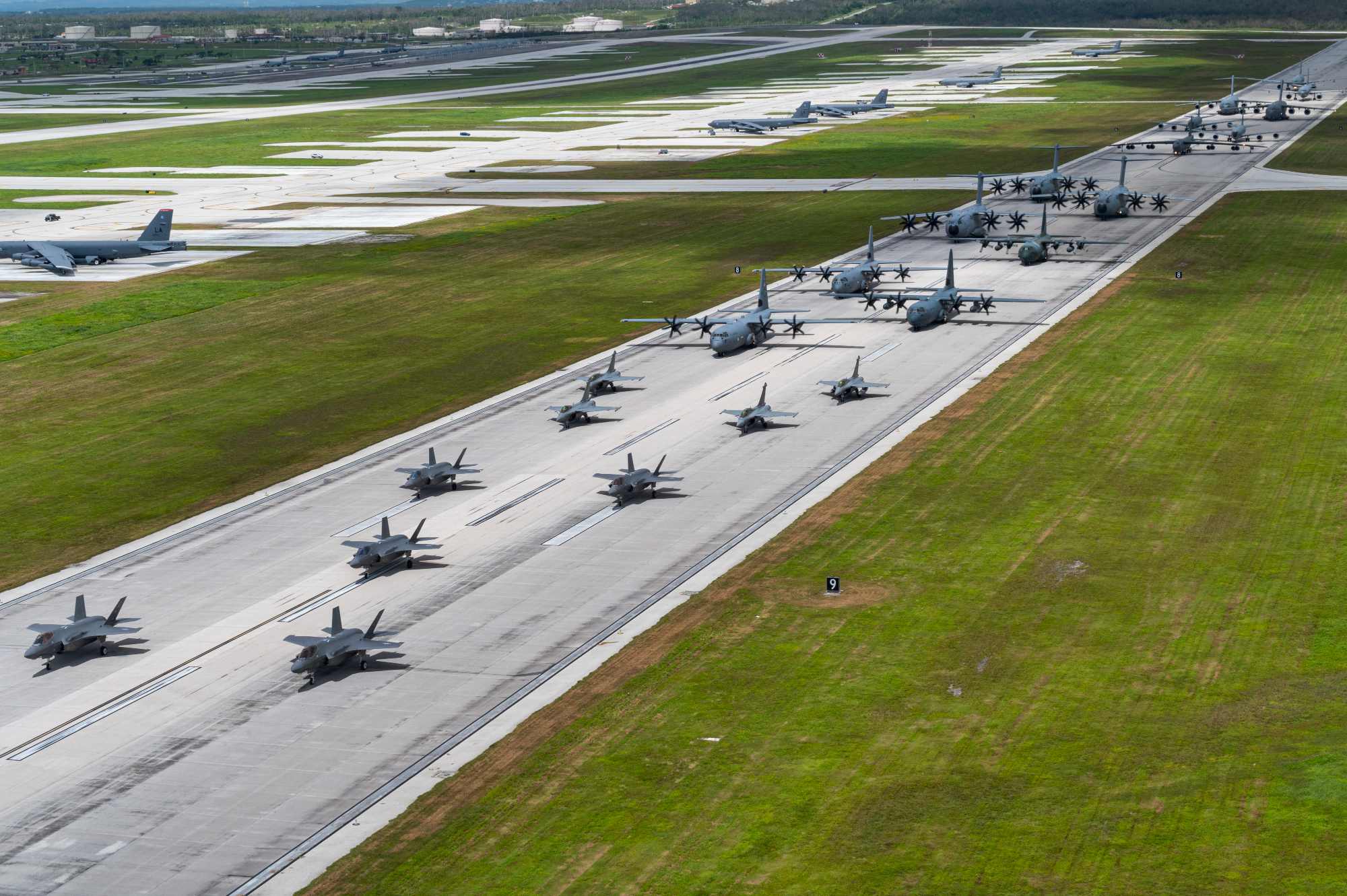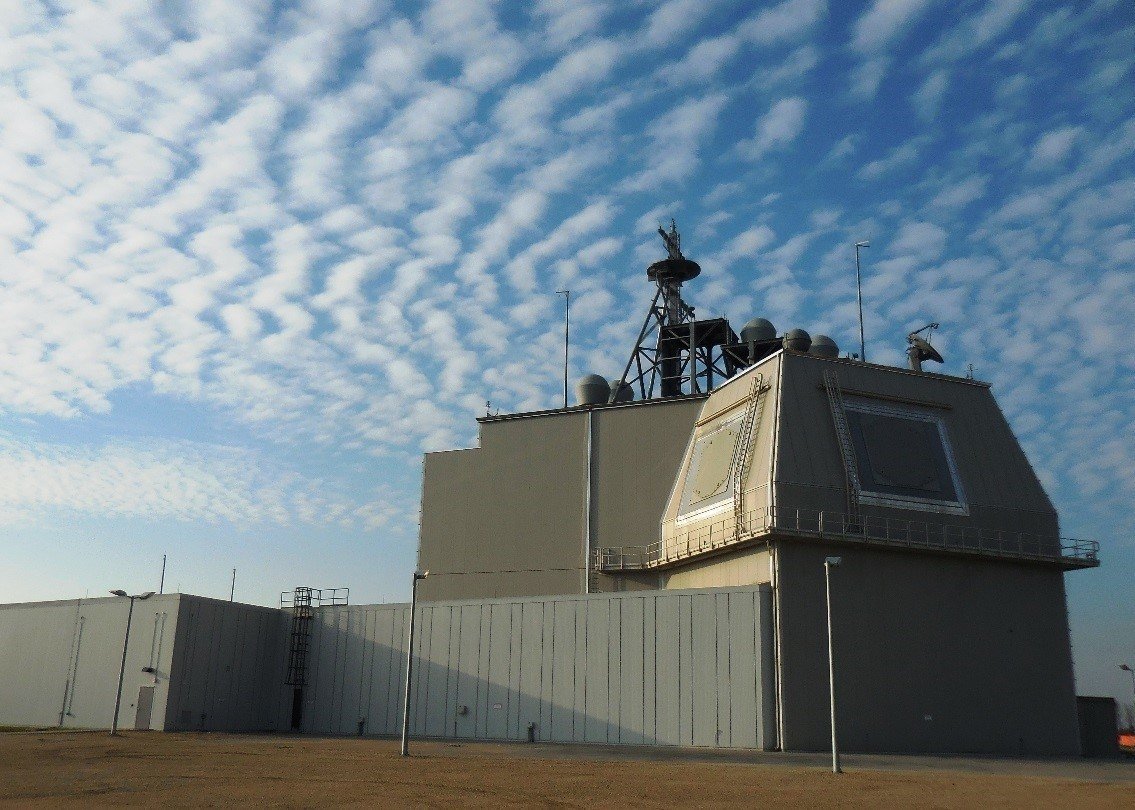The US military is beefing up the air defense of the highly strategic island of Guam, an organized and unincorporated territory of the United States in the western Pacific Ocean, as North Korea’s ballistic missile program gains pace and China signs a security pact with the Solomon Islands, an island nation northeast of Australia.
Pakistan’s Traitor, Bangladesh’s Hero: Story Of Two Air Force Pilots Awarded Gallantry Award For Same Incident
When the proposed US plan to build 20 new air defense sites packed with surface-to-air interceptors and radars in Guam is finished, the island will have one of the most impregnable airspaces in the world. Guam is a key base of the US Military in the Pacific Ocean, and it is vulnerable to Chinese missiles.
In 2022, President Joe Biden’s government sought around US$900 million from the US Congress to bulwark Guam against the missile threat from China. According to the Department of Defense’s presentation to Congress, the budget included US$539 million from the Missile Defense Agency to establish “multiple land-based radar systems, procure weapon system components and initiate (military construction) planning and design activities.
The DoD’s budget proposal came close on the heels of a test of North Korea’s most powerful intercontinental ballistic missile capable of reaching the east coast of the US. It was Pyongyang’s first ICBM test since 2017. The island is strategically located in the western Pacific and is home to major US Air Force, Navy, and now Marine Corps bases. These would be at the top of the target list for an adversary in case of a conflict in the region, especially against China.
In 2020 Beijing released an official video where the PLA Air Force showed H-6 strategic bombers taking part in a simulated attack on the US Air Force’s Andersen Air Force Base at Guam. The rhetoric behind the PLAAF video is clear — Beijing’s air arm can hold targets on Guam to risk at a time and place of its choosing.

The scale and scope of the air defense project that the US military is planning was revealed in the documents released by it discussing the potential impacts on day-to-day life in Guam.
A total of 20 separate sites are proposed to host surface-to-air interceptors, radars, and other elements as part of the Enhanced Integrated Air and Missile Defense (EIAMD) system. The projects on land will be accompanied by airspace restrictions around the radar sites that will man the area constantly and present potential electromagnetic interference hazards.
The US military is conducting “public scoping meetings” to inform the island residents about the projects and seek their feedback. The material provided by the US military to the public included the location of the various candidate sites.
As planned, EIAMD is a distributed and tiered system of systems intended to provide 360-degree air and missile protection for Guam. “The missile defense system would be able to defend Guam a full 360 degrees around the entirety of the island. The 360-degree capability would be achieved by distributing/placing system components at multiple locations around the island,” a block of text accompanying the candidate site map explains. New sites will be considered in the future.
The island can defend against ballistic missiles through the Terminal High Altitude Area Defense (THAAD) interceptor. The new air missile defense system is expected to be completed by 2026.
Defending The Pacific
Building up Guam’s missile defense is the key element of the broader strategy to deter adversaries from mounting an attack. The Indo-Pacific Command (INDOPACOM) commanders have identified 360-degree air and missile defense of Guam as their top priority, as the island happens to be central to the US power projection in the Pacific.
The maiden flight tests of an Aegis missile defense system tailored to defend Guam will occur by the end of 2024. The Missile Defense Agency’s (MDA) plans were revealed by Rear Admiral Doug Williams at the annual Space and Missile Defense Symposium on August 9, 2023.

“We’re going to do our first flight tests with the Aegis Weapon System deployed on Guam with the SM-3 IIA in the December 2024 timeframe,” Rear Adm. Williams said. It will be a modified version of the land-based Aegis Ashore missile defense system designed for bases in Poland and Romania.
The Aegis Weapon System (AWS) is an automated, command-and-control (C2) and weapons control system with the AN/SPY-6 multi-function phased-array radar for missile detection and tracking. The AWS for Guam will be the SM-3 Block IIA hit-to-kill interceptor, developed jointly by the US and Japan.
The DoD’s “Defense of Guam” plan has many moving pieces inside the MDA, Army, and Navy budget requests, totaling nearly US $1.5 billion for fiscal 2024. For MDA, that share is US$801.7 million — US$632.1 million in research, development, test, and evaluation activities and US$169.6 million in procurement.
- Ritu Sharma has been a journalist for over a decade, writing on defense, foreign affairs, and nuclear technology.
- She can be reached at ritu.sharma (at) mail.com




